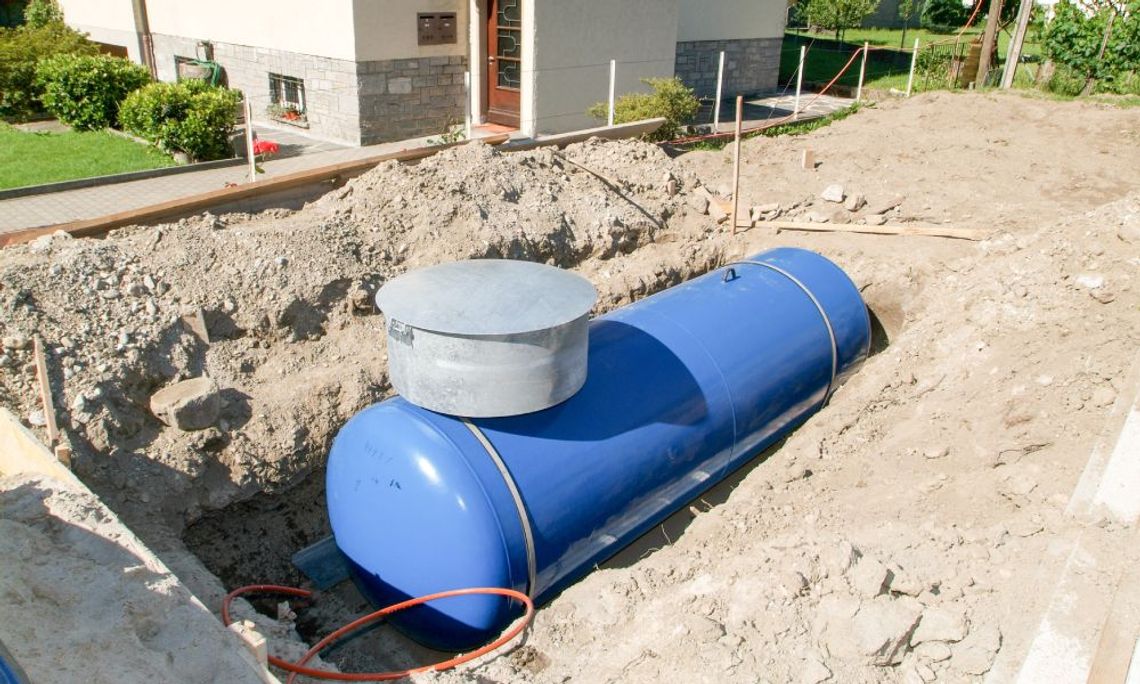If you're dealing with metal structures exposed to water, soil, or harsh environments, corrosion is likely one of your main concerns. Cathodic protection systems offer an effective solution by safeguarding these metal assets from the damaging effects of corrosion.
Understanding how these systems work and their applications can help protect your investments and improve the longevity of your infrastructure. Here’s everything you need to know about cathodic protection systems.
How Cathodic Protection Systems Work
At its core, a cathodic protection system prevents metal from corroding by making it the cathode of an electrochemical cell. The system achieves this by using sacrificial anodes made of a more reactive metal or by applying an external current. This essentially redirects the corrosion process away from your metal structure and toward the anode material or the external source.
Businesses apply these systems to a variety of industries and environments. You'll find them in oil pipelines, underground storage tanks, and marine vessels, where protecting the metal from deterioration is critical to safety and operational efficiency. Their customized designs ensure that they adapt to the size and material of the metal structure being safeguarded.
Different Types of Cathodic Protection
There are two primary types of cathodic protection systems, and each works differently. The first is galvanic cathodic protection. It uses sacrificial anodes made from materials like zinc, magnesium, or aluminum.
These actively deteriorate in place of the protected metal, requiring periodic replacement.
The second type is impressed current cathodic protection. This system employs an external power source to supply current to the structure. Unlike galvanic systems, impressed current systems are typically used for larger, more complex structures where sacrificial anodes might not produce adequate protection.
Benefits of Using Cathodic Protection Systems
The advantages of cathodic protection systems go beyond just avoiding rust. These systems provide an extended lifespan for expensive metal structures and reduce upkeep costs tied to corrosion repairs. A protected metal surface faces significantly less risk, allowing businesses to focus resources elsewhere.
Industries That Use Cathodic Protection
Almost every industry that relies heavily on metal infrastructure employs cathodic protection systems. Oil and gas companies use them to safeguard pipelines and storage tanks, preventing costly leaks or environmental damage. The shipping industry applies them to vessels, ensuring that the harsh saltwater environment doesn't compromise the structural integrity of the hulls.
Utilities that manage water and wastewater tend to apply cathodic protection to their buried waterlines and treatment equipment. Even renewable energy facilities, such as wind turbine farms, need cathodic protection systems to prevent corrosion on turbine structures exposed to the elements. Their widespread usage highlights how integral these systems have become for industries focused on efficiency and safety.
Maintenance of Cathodic Protection Systems
An important thing to know about cathodic protection systems is they require regular monitoring and maintenance to operate effectively. Sacrificial anodes in galvanic systems may need replacement over time, particularly in highly corrosive environments, while impressed current systems require a check on circuits and power sources.
Routine inspections involve testing how well the system reduces corrosion and measuring the effectiveness of the electrical current being supplied. Engaging professionals to carry out these evaluations ensures your system operates at peak performance and helps identify potential issues early.
Cathodic protection systems provide a reliable way to safeguard metal infrastructure from corrosion, saving time, effort, and costs associated with structural repairs. From their unique designs to their versatility across industries, these systems are indispensable for maintaining the integrity of critical assets. Whether you're managing pipelines, tanks, or even wind turbines, investing in proper installation and maintenance ensures long-term durability.


Comment
Comments